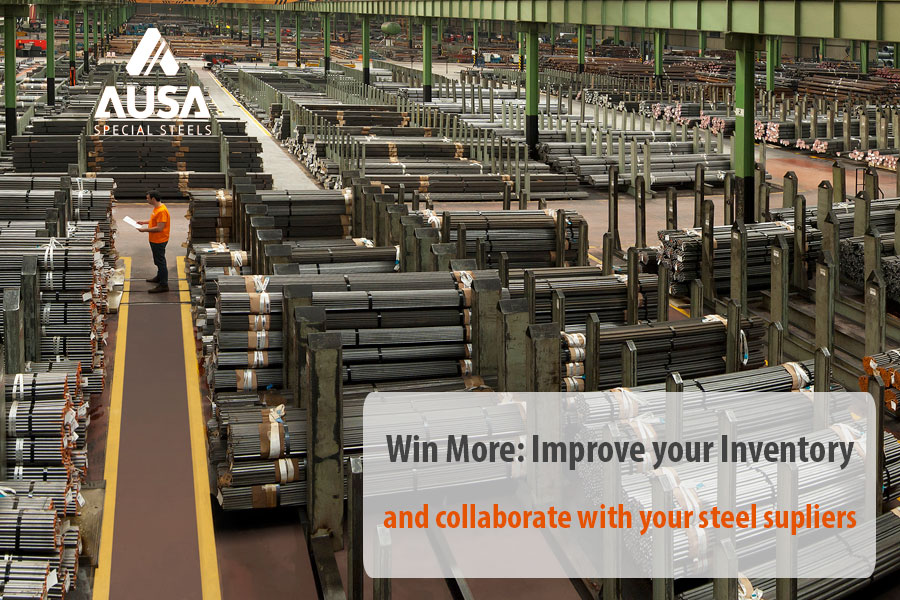Did you know that the average retailers can waste more than 50% of their inventory (*) and that the inventory maintenance costs usually reach 30% per year?
Improving this inefficiency is vital for the future of all our companies dedicated to special steel or any other product.
What should you take into account about stocks?
1.- Stocks are one of the biggest investments in our companies.
2.- The inventory are material resources that are not used at a given time in anticipation of future needs.
3.- Having stock is essential to give a good service to the customer, regularity of production and reasonable lots.
4.- An excessive stock is harmful because it means blocking limited resources in the stock and increases the risk of loss (obsolescence, stock maintenance costs, eventual damages in handlings, among others).
Companies from different sectors, industrial or consumer, have different stock level needs and the influence of their inventory will be different in the result of their activity. But also within the same sector, for example, in the industrial sector, companies will have different considerations depending on their activity: a rolled state special steel stockist will consider his inventory in a different way than a cold drawn steel manufacturer, whose product will be more delicate in handling and storage.
But, how can we properly manage our stocks to improve the results?
All companies have this need in common. For this reason, we share with you a series of points that will help you to monetize your stores:
MANAGING WELL WHAT WE HAVE endowing us with:
- Order: knowing where the materials are and having their location defined.
- Inventory system: having an easy access and systematic inspection.
- Control method: organizing a control of inputs, outputs and any other movement produced in our stock.
- Physical inventory: establishing an inventory system to detect the differences between the real stock and the one registered in our system and being able to detect its origin, to correct it and to amend the mistakes that might have caused it.
IMPROVING our manangement:
- Analysis of our situation: establishing what is our current stock volume as well as the stock cost in order to know what our situation is: starting point allowing us to act.
- Setting realistic objectives, among which we can consider:
- Level of service: the possibility of not reaching a situation of lack of stocks; it is a trade-off between the level of inventory and the cost of lack of stocks (which generates the loss of sales and opportunities and the customer dissatisfaction).
- Maximum percentage of committed cash
- Percentage based on customer ABC classification
- Level of coverage
Choosing the ones that best fit our business model.
This is a difficult balance between two extremes: high level of stock means high satifaction of needs and costs but non-productive investment, whereas low level of stock implies lower satisfaction of demand, lower costs and lower investment.
It is an effort in which all the members of our company must be involved, with the aim of achieving continuous improvement and for which we must also count on our external partners, like our suppliers. If the response time of our suppliers is fast, we can reduce the stock neccesary and therefore the cost of its maintenance.
At AUSA Special Steels we work to be your best collaborator, “a partner for your ideas”.
(*) Harvard Business Review, Maxwell Wessel, 3.04.2017








